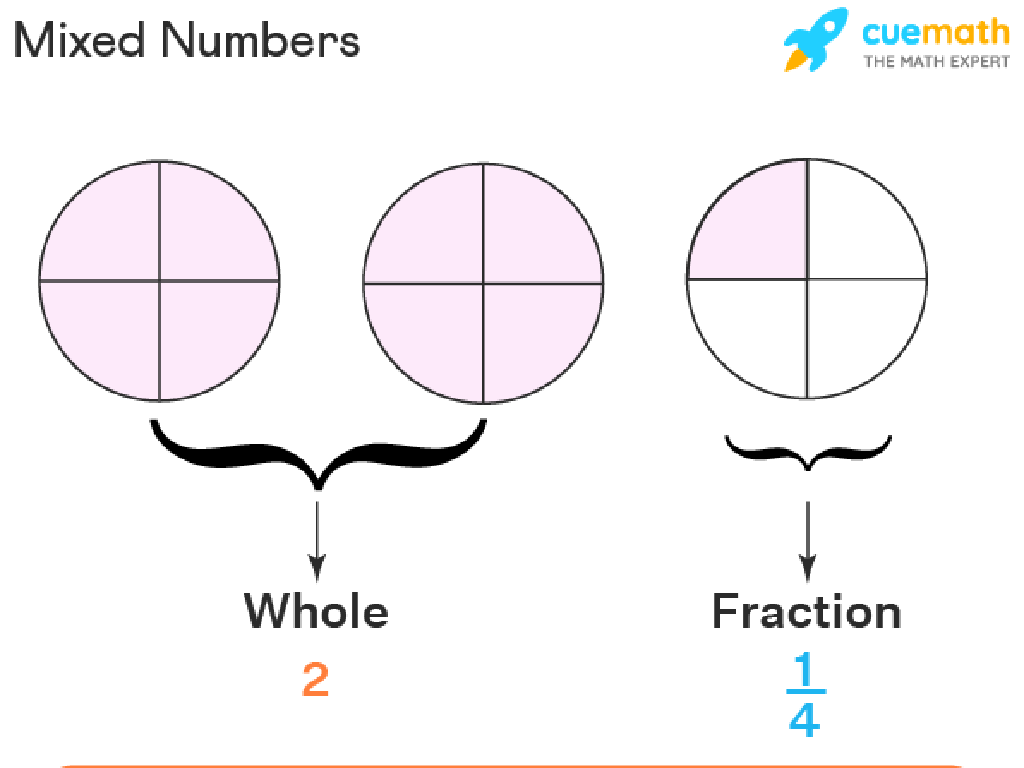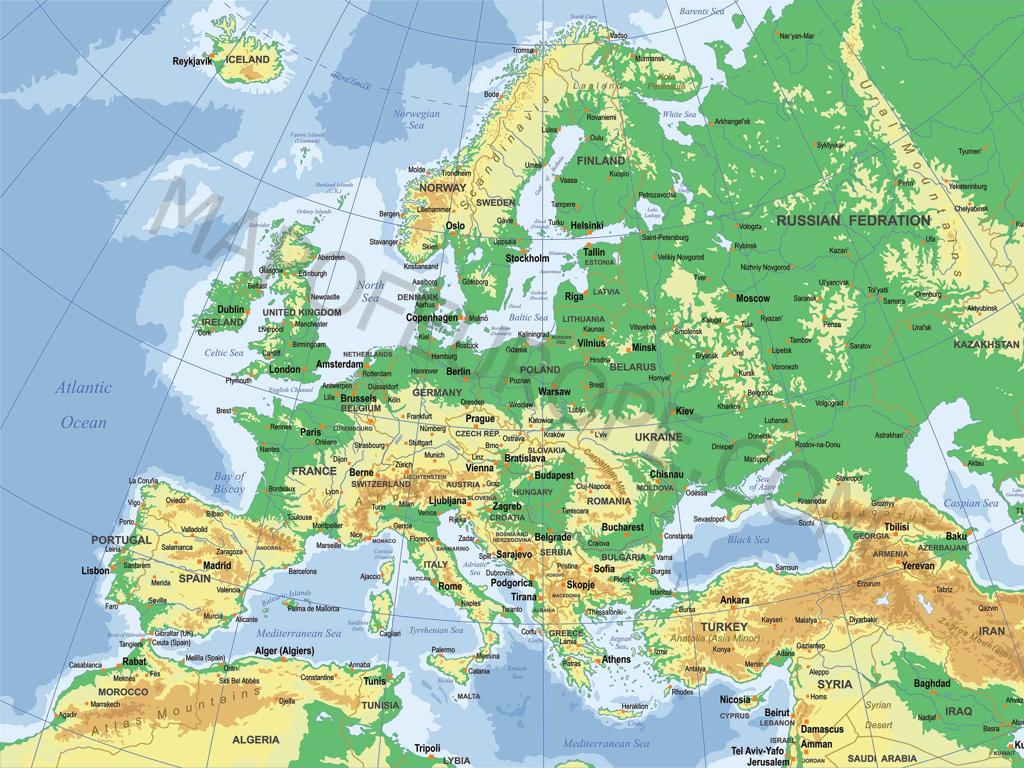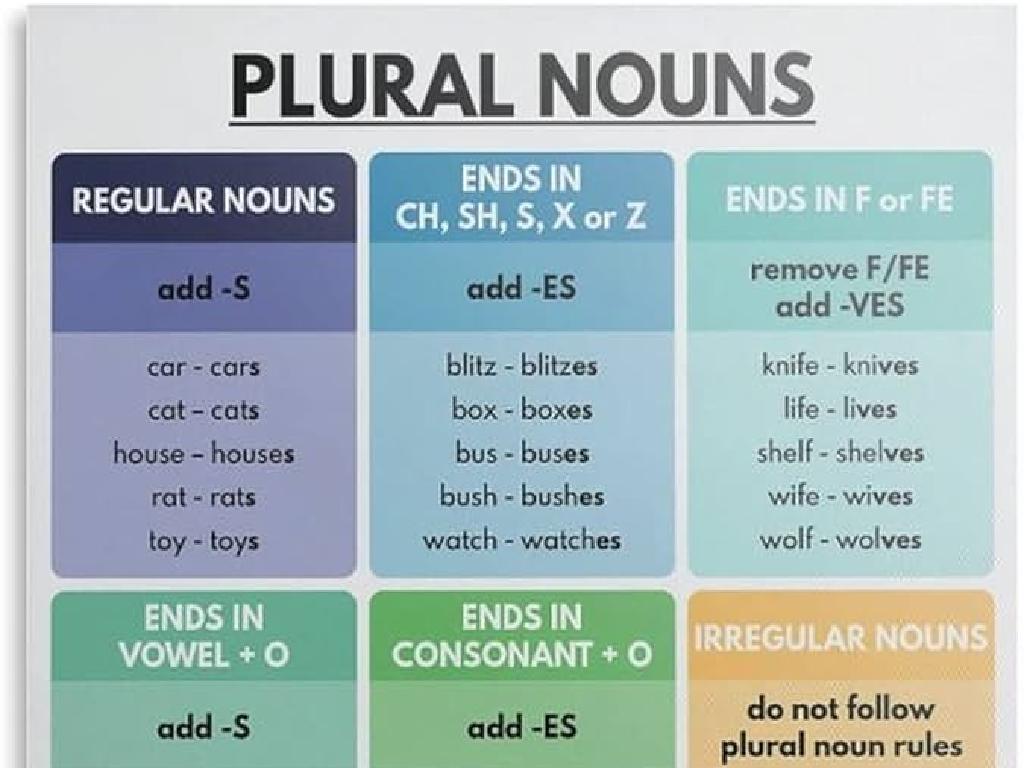Region Profile: Europe
Subject: Social studies
Grade: Eighth grade
Topic: Europe: Society And Environment
Please LOG IN to download the presentation. Access is available to registered users only.
View More Content
Exploring Europe: Society and Environment
– Europe as a diverse region
– A continent rich in cultures, languages, and landscapes.
– ‘Region’ and its significance
– A region is an area with defining natural, cultural, or administrative features.
– Importance of regional studies
– Studying regions helps us appreciate cultural diversity and global interdependence.
– Europe’s role in global context
– Europe’s environmental policies and societal structures influence worldwide trends.
|
This slide introduces students to the complex tapestry that is Europe, emphasizing its diversity in terms of society and environment. A region is more than just a geographic term; it encompasses the shared characteristics and identities of its inhabitants. Understanding regions like Europe is crucial for students as it fosters a deeper appreciation for cultural diversity and prepares them to think critically about global issues. Europe, with its rich history and forward-looking policies, serves as an important case study for understanding the interplay between society and the environment on a global scale. Encourage students to think about how Europe’s decisions can have worldwide implications.
Exploring Europe’s Geography
– Europe’s physical geography
Europe has a diverse landscape, from the Alps to the Arctic Circle.
– Rivers, mountains, and landforms
The Danube and Rhine rivers, the Alps and Pyrenees mountains are key features.
– Europe’s diverse climate zones
From Mediterranean to continental, Europe’s climates vary widely.
– Impact on society and environment
|
This slide aims to give students a broad overview of Europe’s geography, emphasizing the variety of physical features and climate zones. Start by discussing the general landscape of Europe, including its northern reach into the Arctic Circle and the mountainous regions like the Alps. Highlight major rivers such as the Danube and Rhine, which have historically been crucial for trade and settlement. Discuss the different climate zones, from the warm Mediterranean to the colder continental climates, and how these affect the way people live and interact with their environment. Encourage students to think about how geography can shape societies, economies, and cultures.
Exploring Europe: Countries and Capitals
– Identifying European countries
– Europe is home to over 40 countries, each with its own unique culture and history.
– Learning capitals of Europe
– Capitals are not just political centers but also cultural hubs, like Paris and Rome.
– Understanding the European Union
– The EU is a political and economic union of 27 member states that are located primarily in Europe.
– Discussing EU’s influence
– The EU plays a significant role in global affairs, trade, and environmental policies.
|
This slide aims to provide students with a foundational understanding of Europe’s geopolitical landscape. Start by showing a map of Europe and pointing out each country. Then, move on to the capitals, ensuring students can connect each capital to its respective country. Introduce the European Union, explaining its purpose and how it affects the lives of European citizens, as well as its impact on global politics and economy. Highlight the significance of the EU in promoting cooperation among its member states. Encourage students to think about how being part of such a union might influence a country’s culture and environment.
Cultural Diversity in Europe
– Europe’s cultural mosaic
– Europe is home to a rich tapestry of cultures, each with its own customs and traditions.
– Multilingual continent
– Over 200 languages are spoken across Europe, from major ones like English, French, and German to regional dialects.
– Unique festivals and traditions
– From Spain’s La Tomatina to Germany’s Oktoberfest, Europe’s festivals reflect its cultural richness.
– Diverse European cuisine
– European cuisine is varied, from Italian pasta to Swedish meatballs, showcasing the continent’s gastronomic diversity.
|
This slide aims to give students an appreciation for the rich cultural diversity found within Europe. It’s important to highlight that Europe is not a monolithic entity but a collection of various cultures, languages, and traditions that contribute to its identity. Discuss the significance of language as a cultural element and how it varies widely across the continent. Introduce students to the concept of cultural festivals and how they are an expression of a society’s values, history, and communal ties. Lastly, touch upon the variety of European cuisine and how food is an integral part of cultural identity and celebration. Encourage students to explore these aspects further with examples and discussions on how cultural diversity impacts societal interactions within Europe.
Europe’s Historical Influence
– Europe’s role in world history
– Birthplace of democracy, industrial revolution, and more.
– Key events shaping Europe
– Events like the Renaissance, World Wars, and the fall of the Berlin Wall.
– Europe’s global affairs impact
– Colonialism, trade, and political treaties have global reach.
– Understanding historical context
|
This slide aims to provide students with an understanding of Europe’s significant role in shaping world history. Discuss how Europe has been the cradle of many pivotal historical movements, such as the birth of democracy in ancient Greece and the Industrial Revolution. Highlight key events that have had a lasting impact on Europe’s social, political, and economic landscape, including the Renaissance, the World Wars, and the Cold War’s conclusion marked by the fall of the Berlin Wall. Explain how Europe’s influence extends beyond its borders through colonialism, extensive trade networks, and political treaties, affecting global affairs to this day. Encourage students to think critically about how these historical events continue to influence current events and international relations.
Modern Europe: Society and Environment
– Overview of political landscape
– Explore the European Union and its impact on politics
– Key economic activities
– Agriculture, tourism, and manufacturing sectors
– Major industries in Europe
– Automotive, aerospace, and pharmaceutical industries
– Current social issues
– Immigration, climate change, and aging population
|
This slide aims to provide students with a snapshot of contemporary Europe, focusing on its political, economic, and social aspects. Begin with a discussion on the European Union and its influence on the political dynamics of the continent. Move on to the economic activities that drive Europe’s economy, such as agriculture, which includes wine production in France and olive oil in Italy; tourism, which is significant in countries like Spain and Greece; and manufacturing, which is a cornerstone in Germany’s economy. Highlight the leading industries, including the automotive sector in Germany, aerospace in France, and pharmaceuticals in Switzerland. Address current social issues such as the challenges posed by immigration, the impact of climate change on European societies, and the implications of an aging population on healthcare and the workforce. Encourage students to think critically about how these factors interplay and shape the Europe of today.
Environmental Concerns in Europe
– Europe’s major environmental challenges
– Issues include air and water pollution, deforestation, and climate change.
– Addressing climate change and pollution
– Initiatives like the Paris Agreement aim to reduce emissions.
– Conservation and sustainable practices
– Sustainable practices include renewable energy and waste reduction.
– The role of policy and citizen action
– Policies like the Green Deal and activism are crucial for change.
|
This slide aims to raise awareness among students about the environmental issues that Europe is currently facing, such as air and water pollution, deforestation, and the impacts of climate change. Discuss the efforts made by European countries to combat climate change and pollution, including their commitments to international agreements like the Paris Agreement. Highlight the importance of conservation efforts and sustainable practices, such as the use of renewable energy sources, waste reduction, and recycling programs. Emphasize the role of government policies, like the European Green Deal, and the actions that individuals and communities can take to promote environmental sustainability. Encourage students to think about how they can contribute to these efforts in their daily lives.
Class Activity: European Expedition
– Form research groups
– Select a European country
– Create a country profile poster
– Include geography, culture, and current issues of the chosen country
– Present your findings
– Share insights and learnings with the class
|
This activity is designed to engage students with the diverse aspects of European countries. Divide the class into small groups, and have each group choose a different European country to research. Each group will create a poster that includes information about their chosen country’s geography, such as major cities and physical features; culture, including language, traditions, and cuisine; and current issues the country is facing, such as environmental concerns or political events. Encourage creativity and thorough research. Provide materials for poster creation and set a deadline for completion. Once the posters are ready, each group will present their findings to the class, facilitating a peer learning environment. Possible variations of the activity could include creating digital presentations, role-playing as a travel agency promoting the country, or writing a travel blog post.






